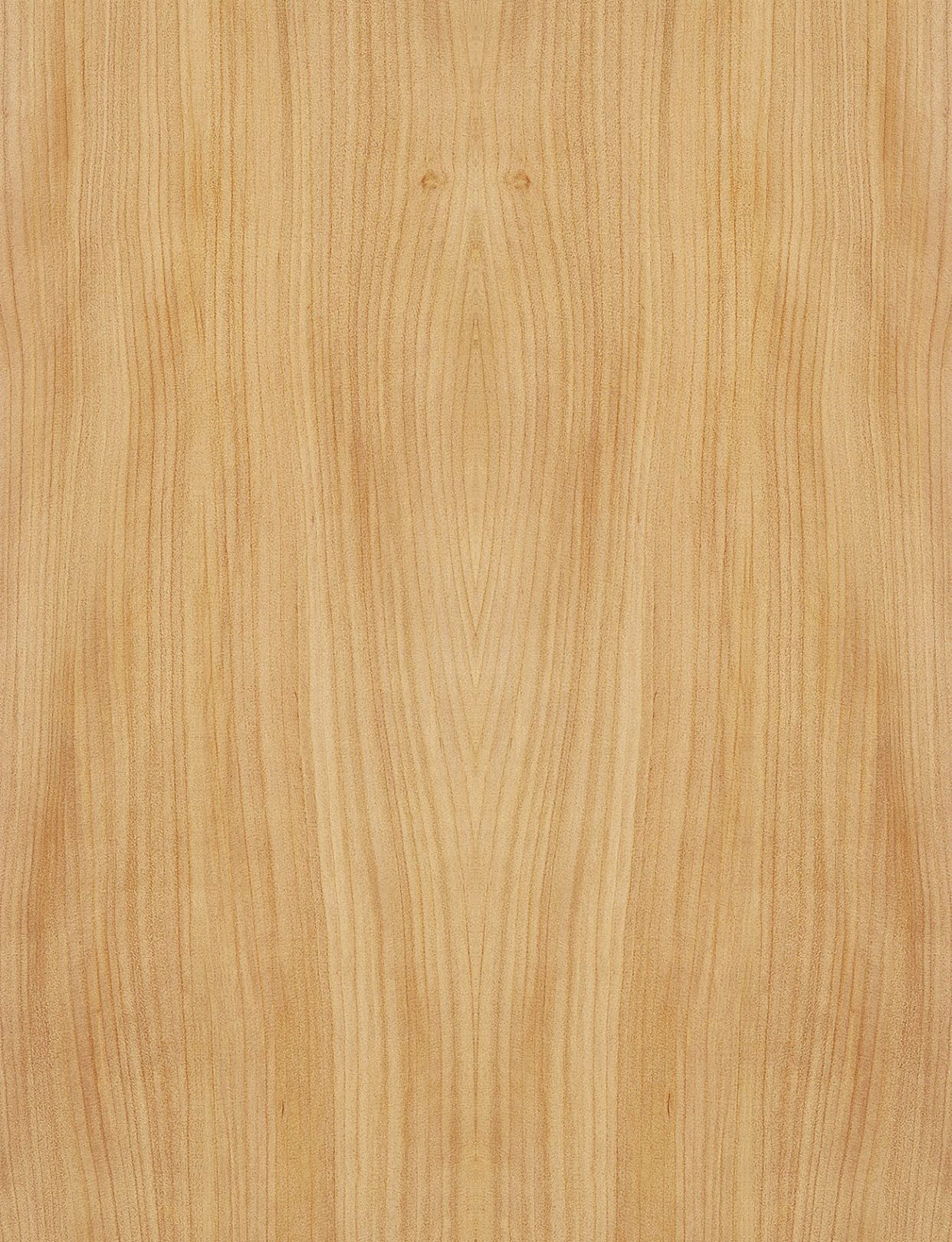
Lebanese Cedar
Cedrus libani

Trade Names
Lebanese Cedar, Salomon Cedar
Origin
Minor Asia, especially in the Lebanon
Range
Today’s occurrences of the Lebanese Cedar in its country of origin are extremely small. In the Lebanon itself there are only 1,700 hectare left of this species. The Lebanese Cedar once was one of the most precious woods worldwide and had been used for the construction of temples, palaces and ships already thousands of centuries ago. In the 20th century, between 1914 - 1918, the then still large occurrences have been eliminated by using the wood for the production of railway ties. The civil war as well greatly contributed to the disappearance of the Lebanese Cedar species. The logs which are produced to veneers today are mostly from parks in England and France.
Uses
Due to its rarity, the Lebanese Cedar is only used for exclusive interior woodwork in yacht construction or for decorative furniture. Mostly used in France and England as those few logs which are suitable for veneer production are worked up by the local veneer industry right there and also due to the fact that the knowledge of the availability of this wood species in veneer form is very limited abroad. Special use as wood for cigar boxes.
Properties
Very dense wood, of brownish-yellowish colour which excudes a very aromatic scent. After processing, beautiful, very prominent and decorative structure and appearance. Mostly manufactured as quarters.
Machining
Easily worked with all tools without any difficulty.
Seasoning
No difficulties when Lebanese Cedar is dried carefully.
Finishing
Takes extremely well to varnishes and stains.
Jointing
No difficulties.

